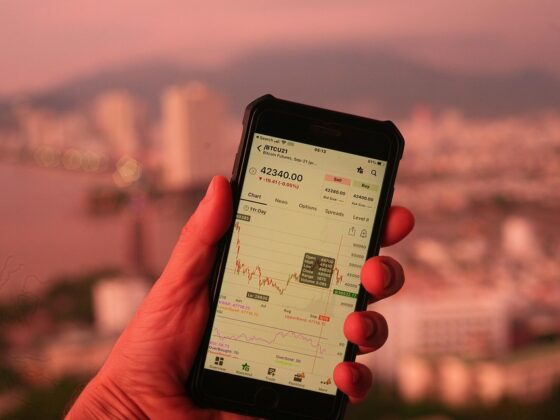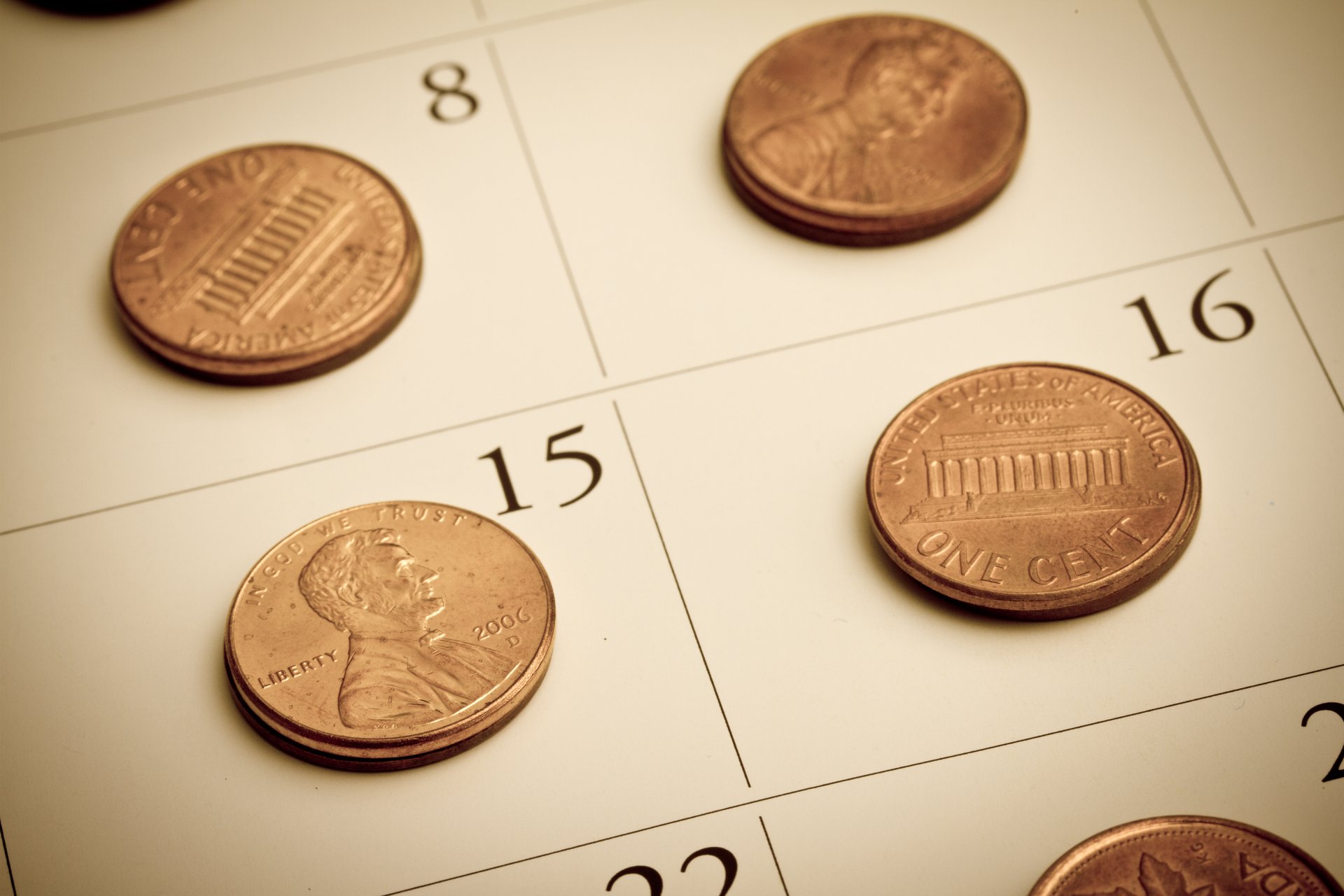
The Shiller PE Ratio, also known as the Cyclically Adjusted Price-to-Earnings Ratio (CAPE Ratio) and the P/E 10 Ratio, is among the most respected indicators for evaluating stock market valuations. Developed by Nobel laureate and American economist Robert Shiller, the Shiller PE offers investors a more subtle view of market valuations compared to traditional PE ratios. By examining market prices longer-term, the Shiller PE helps investors better understand market cycles and potential investment risks. This article discusses the significance of the Shiller PE Ratio, the calculation, limitations, and practical applications.
Affiliate
Stock Rover is an award winning investment research platform.
- The site has 8,500+ stocks, 4,000 ETFs, and 40,000 mutual funds.
- Access to 650+ metrics, financial data, market news, stock and fund ratings, fair value, margin of safety, etc.
- Includes brokerage integration, portfolio tracking, rebalancing, watchlists, alerts, future income forecasts, etc.
Click here to try Stock Rover for free (14-day free trial).
What is the Shiller PE Ratio?
Robert Shiller identified the need for the Shiller PE after the infamous Dotcom bubble. In the late 1990s and early 2000s, the stock market experienced rapid growth due to U.S. technology stocks fueled by investments in internet-based companies. The market peaked in 2000 and burst in 2001 and 2002. The result was massive panic and sell-offs, causing investors to lose a lot of money.
Because of the fluctuations experienced over those years, it was obvious that the company valuations wouldn’t be accurate since a conventional PE ratio calculation only uses one year of earnings. Also, during a recession, when stock prices fall, earnings decline. This can temporarily raise the price-to-earnings ratio, which signals not to buy because the market is expensive since it’s better to buy when PE ratios are low. During the Dotcom bubble, Shiller argued that stocks were highly overvalued.
Calculating the Shiller PE
The Shiller PE ratio is as follows:
Shiller PE = Current Market Price / 10-Year Average Inflation Adjusted Earnings
By using the Shiller PE ratio, which incorporates ten years of earnings data adjusted for inflation, the calculation provides a more stable and comprehensive view of company valuations. This longer time horizon smooths out short-term earnings fluctuations and accounts for the impact of economic cycles while providing a clearer picture of a stock’s long-term valuation.
The Shiller PE ratio can also be applied to an index. For example, you can use the aggregate price of shares of the companies included in the S&P 500 and divide that by the aggregate corporate earnings to calculate the average PE ratio.
Benefits of Using the Shiller PE Ratio
The following are the benefits of using the Shiller PE calculation rather than just the conventional PE ratio.
Long-Term Market Analysis
One of the Shiller PE Ratio’s primary uses is predicting long-term market returns. Shiller determined that there was an inverse relationship between the ratio and future returns when using historical data. Higher Shiller PE levels are often followed by lower future returns, while lower levels indicate better long-term investment opportunities.
Assessing Market Risk
A high Shiller PE Ratio signals that the market may be overvalued, increasing the likelihood that there will be a correction of the company’s stock price and it will reduce to its true value. Conversely, a low ratio suggests potential undervaluation and a good investment opportunity with less risk.
Asset Allocation
The Shiller PE is one of several metrics that can help investors decide the percentage of their portfolios that should be invested in equities based on the price of the shares and the value, or earnings they would receive in return.
Limitations of the Shiller PE Ratio
Although the Shiller PE has proven to be a useful metric, critics believe that relying on the ratio has downsides.
Changes in Accounting Practices
The Shiller PE could be inaccurate if there are any changes in the tax or accounting rules, such as changes in the calculation of earnings. This can skew the ratio and provide misleading results. Also, it will be difficult to compare one period to another if accounting rules change in between.
Sector Composition
Changes in market composition may distort the ratio. For example, the dominance of tech companies with high valuations has pushed the Shiller PE Ratio higher in recent years, potentially skewing historical comparisons.
Changing Economic Conditions
Historical earnings may not fully reflect current or future market conditions. Changes such as technological advancements, globalization, and fiscal policies can all impact the ratio’s relevance.
Is the Shiller PE Ratio Still Useful?
The Shiller PE ratio remains an important tool for market valuation analysis. The insight that long-term earnings patterns matter more than short-term fluctuations continues to provide investors with a valuable perspective.
However, like all metrics, the Shiller PE should be used in conjunction with other tools. While the Shiller PE Ratio highlights potential overvaluation or undervaluation, effective investing requires a more holistic approach that balances quantitative insights with qualitative analysis.
Related Articles on Dividend Power
Here are my recommendations:
Affiliates
- Simply Investing Report & Analysis Platform or the Course can teach you how to invest in stocks. Try it free for 14 days.
- Sure Dividend Newsletter is an excellent resource for DIY dividend growth investors and retirees. Try it free for 7 days.
- Stock Rover is the leading investment research platform with all the fundamental metrics, screens, and analysis tools you need. Try it free for 14 days.
- Portfolio Insight is the newest and most complete portfolio management tool with built-in stock screeners. Try it free for 14 days.
Receive a free e-book, “Become a Better Investor: 5 Fundamental Metrics to Know!” Join thousands of other readers !
*This post contains affiliate links meaning that I earn a commission for any purchases that you make at the Affiliates website through these links. This will not incur additional costs for you. Please read my disclosure for more information.
Nadia Tahir is a freelance writer and content creator. She mostly writes in the areas of lifestyle and personal finance. She also enjoys writing on her blog about motherhood at This Mom is On Fire.










